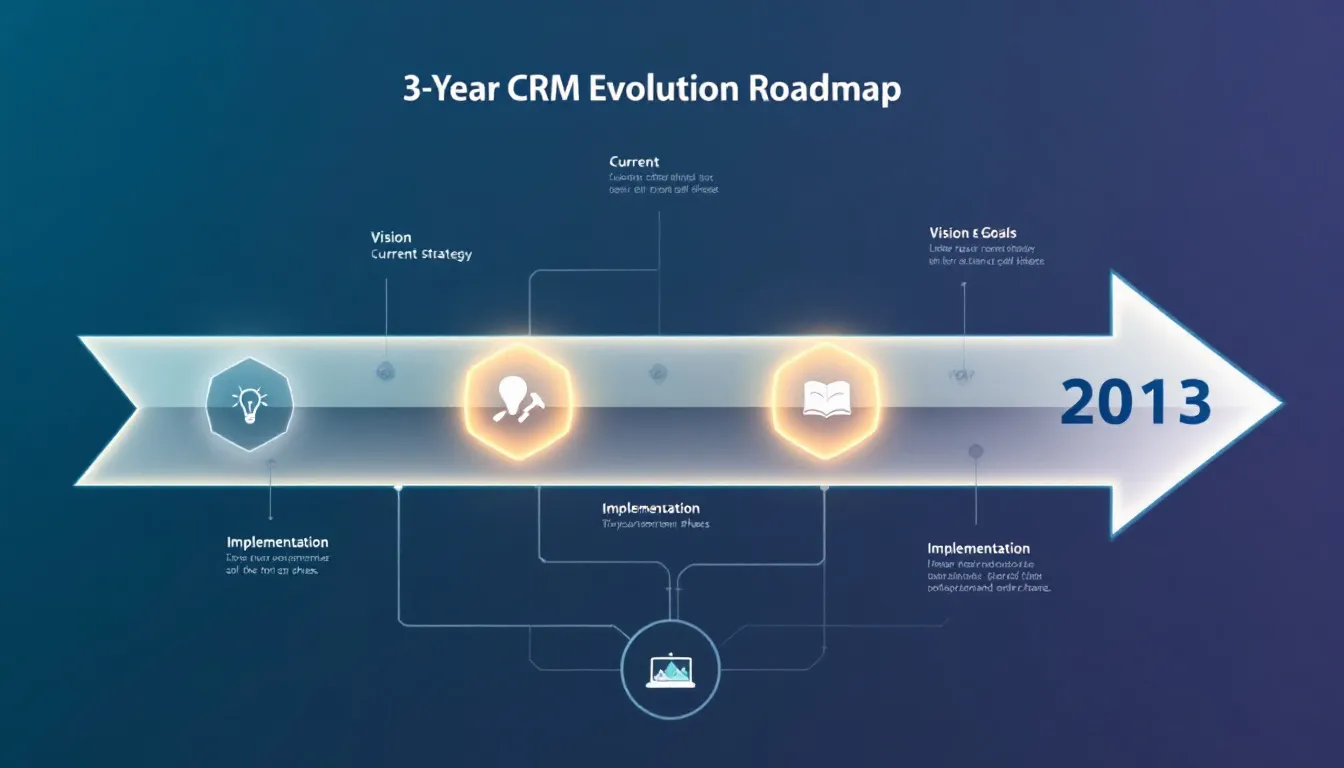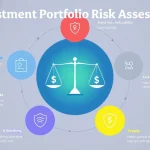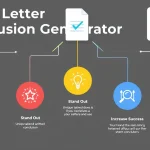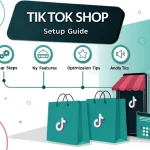Generating your strategy...
Is this tool helpful?
How to Use the Strategic CRM Transformation Planner Effectively
Use this planner to chart a clear path for your customer relationship management (CRM) evolution over the next 1-3 years. Below is a guide to help you complete the input fields with meaningful, actionable information.
Input Fields Guide
-
Current CRM Strategy: Describe your present CRM system and how it supports your daily operations. Include tools, integrations, and current use cases. Examples:
- “Salesforce CRM customized with automated lead tracking and customer support ticketing.”
- “Zoho CRM focusing on email marketing automation and customer segmentation.”
-
Future CRM Vision: Share your goals and ambitions for how your CRM will evolve. Highlight new technologies, processes, or capabilities you want to adopt. Examples:
- “Implement AI-driven customer insights and predictive analytics to improve engagement.”
- “Shift to a fully integrated omnichannel CRM system with real-time personalization.”
-
Relationship Evolution Goals: Explain how you plan to deepen customer relationships and enhance loyalty. Consider communication channels, feedback loops, and value-added services. Examples:
- “Create a loyalty program supported by CRM-triggered personalized offers.”
- “Develop proactive customer service workflows to minimize churn.”
What Is the Strategic CRM Transformation Planner?
This tool helps you develop a structured, forward-looking CRM strategy tailored to your specific business context. It consolidates insights about your current CRM setup, your future vision, and your desired relationship outcomes. By mapping your 3-year customer relationship evolution, it delivers practical guidance to support informed planning and decision-making.
Purpose and Benefits
- Clarifies your CRM strategy roadmap with clear milestones and objectives.
- Aligns CRM initiatives with your broader business goals for greater impact.
- Identifies key technology upgrades and process improvements to enhance customer experience.
- Supports resource allocation decisions for phased CRM transformation.
- Helps overcome common CRM challenges such as data silos and inefficient customer journeys.
Practical Usage of the CRM Strategy Vision Generator
You enter detailed information about your current CRM landscape and ambitions. The tool processes this input to generate a tailored CRM strategy vision that you can implement step-by-step. Use this to:
- Gain a clear understanding of how your CRM should evolve to support growth.
- Communicate a shared CRM transformation vision within your organization.
- Identify priority initiatives such as automation, analytics enhancement, or customer journey personalization.
- Set measurable goals, like reducing churn rates or increasing customer lifetime value over time.
- Develop a timeline for rolling out new CRM capabilities based on strategic impact.
Example Scenario
Imagine a retail company currently managing customer data with a basic CRM focused on email campaigns. By inputting their current approach and future goals, the tool might recommend:
- Integrating social media and mobile app data for a unified customer view.
- Implementing AI-driven product recommendations to boost average order value.
- Building personalized customer journeys that reduce cart abandonment rates.
Following this strategy can increase customer satisfaction and revenue over the next 3 years.
Optimizing Your Use of the CRM Transformation Planner
Tips for Detailed, Actionable Inputs
- Describe your CRM with specifics: Mention software names, integrations, key functionalities, and pain points.
- Define measurable future goals: Use percentages, timelines, or targeted customer segments.
- Focus on customer relationship growth: Include ideas for engagement, retention, and service improvement.
- Involve cross-departmental stakeholders: Collect insights from sales, marketing, customer service, and IT.
- Update regularly: Reassess and refine your CRM vision annually or when business priorities shift.
Key Long-Tail Keywords to Include When Using This Tool
- Customer relationship management strategy planning
- CRM technology transformation roadmap
- Customer experience enhancement methods
- CRM process automation benefits
- Data-driven CRM evolution planning
- Strategic CRM implementation roadmap
- Omnichannel CRM integration strategy
Important Disclaimer
The calculations, results, and content provided by our tools are not guaranteed to be accurate, complete, or reliable. Users are responsible for verifying and interpreting the results. Our content and tools may contain errors, biases, or inconsistencies. Do not enter personal data, sensitive information, or personally identifiable information in our web forms or tools. Such data entry violates our terms of service and may result in unauthorized disclosure to third parties. We reserve the right to save inputs and outputs from our tools for the purposes of error debugging, bias identification, and performance improvement. External companies providing AI models used in our tools may also save and process data in accordance with their own policies. By using our tools, you consent to this data collection and processing. We reserve the right to limit the usage of our tools based on current usability factors.







